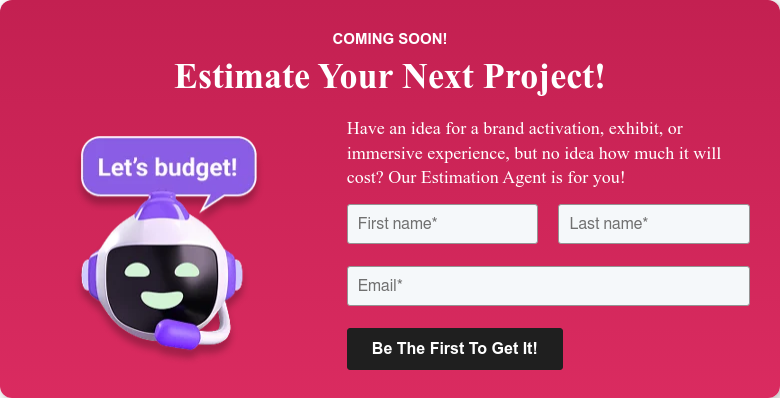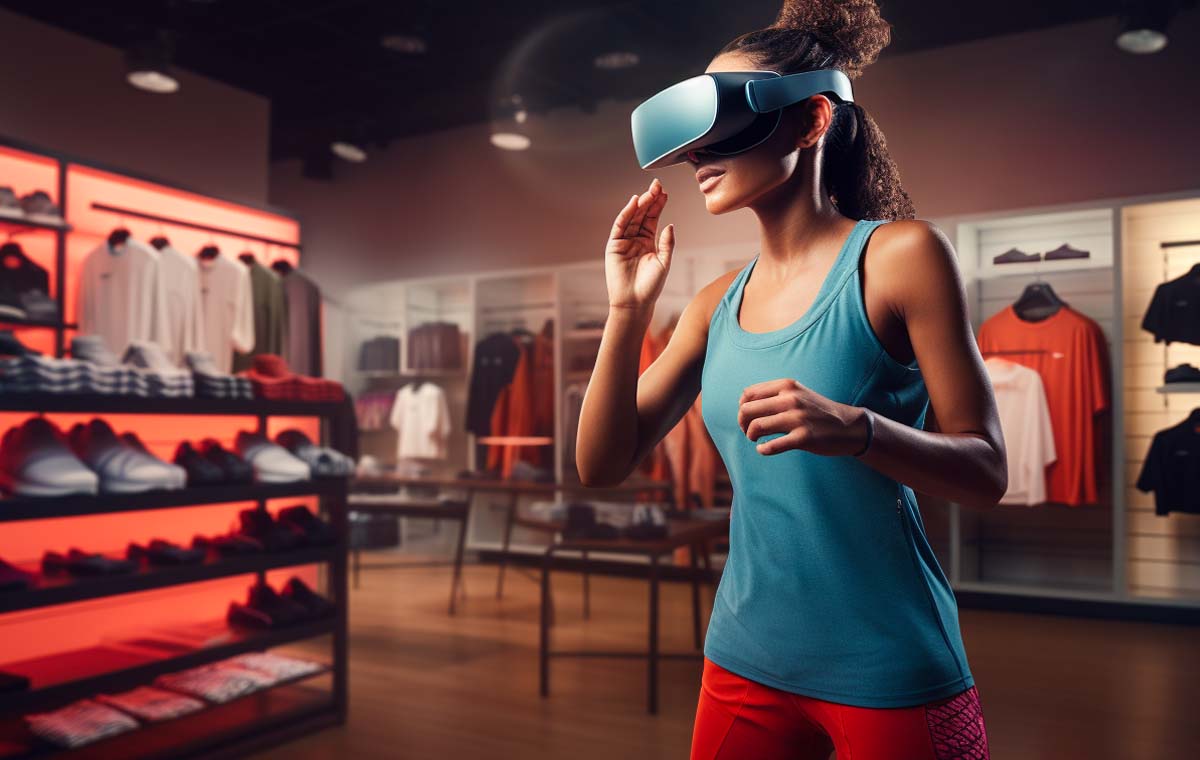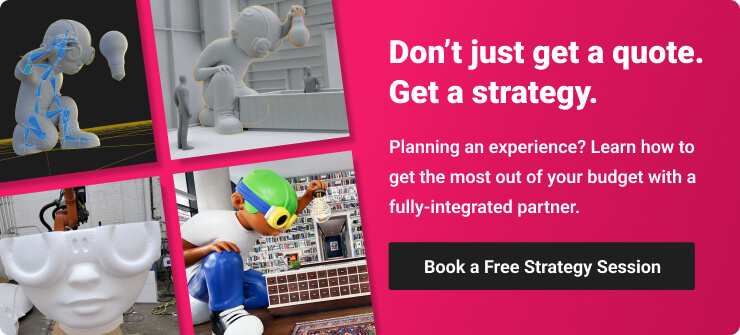Imagine walking into a store with high expectations after hearing rave reviews and buzz about its experiential retail concept, only to be disappointed by lackluster execution. Unfortunately, this scenario may be all too familiar for those involved in the retail industry.
The concept of immersive retail has been gaining popularity in recent years, but not all attempts at providing an interactive shopping experience have been successful. In fact, some have resulted in negative consequences for the brands involved. In this article, we'll explore the topic of experiential retail and highlight five common mistakes brands should avoid.
Mistake #1: Neglecting the Story in Your Retail Experience
Every brand has a story, and every product or marketing campaign launched should be tied to that story. Of course, not every experiential retail activation is going to encompass the full history, values, or unique value proposition of the company, but failing to connect the dots between what the experience is and what it has to do with your brand is hugely detrimental. With any pop-up, retail interior design, or brand activation, the first question you should ask yourself is: “Could any other brand have done this?” If the answer is yes, you have a problem.
Often, retailers get excited about the experience itself – the fireworks and razzle-dazzle of the thing – and forget it has a job to do. Whether it’s building brand awareness or selling products, if the experience is attention-grabbing but not sufficiently relevant to the brand or designed to move prospects along the buyer journey toward your goals, it’s not doing its job. What are the consequences? The experience feels generalized as though any brand could have done the same thing. Hence, customers don’t remember the brand, just the experience.
Mistake #2: Not Understanding the Target Audience
Experiential retail should always be conceived with your target audience in mind. Where do they live? How do they like to shop? What is their demographic profile? How do they spend their free time? How comfortable are they with technology? Will they want to shop online before they visit the store? Or are they more likely to want to initially engage in person?
This speaks to everything from the location of the store or experience to the hours and specific kinds of engagements and services you offer. If your target audience is adults over 65, an AR kiosk might be way out of their comfort zone. But if that audience is Gen Z or Millenials - an immersive, mixed reality experience is right up their alley. In short, the better you understand your customer – their specific needs and interests – the more likely your retail activation is to succeed. Creating an experience that doesn’t appeal to or reflect the target audience’s needs means your customers may miss the experience altogether or engage with it but come away feeling misunderstood or disconnected from the brand.

Mistake #3: Over-Emphasizing Aesthetics and Skimping on Functionality
Just like it’s easy to get caught up in the wow factor of an immersive experience and neglect the story, it is also all too common for brands to over-prioritize the aesthetic factors and short-change functionality and durability. End-use and longevity should be one of the primary considerations in experiential retail – where will the experience be located? How long will it be in place? What level of traffic is anticipated? Will components need to be replaced or repaired during its lifespan?
Skipping over these essential questions and failing to design the experience with these answers in mind leads to experiences that look beautiful for 3 days when they need to last for 30. It is frustrating for customers and for staff, who are the ones who ultimately have to deal with a less-than-amazing or flat-out non-functional experience, and it reflects poorly on the brand.
Mistake #4: Giving in to Gimmicks
We’ve all run into this.
A neat game, AR tool, or digital experience that’s fun (maybe) but seems wildly irrelevant to the brand itself. You might give it a whirl, but the experience doesn’t foster a connection with the brand, provide value to your buyer journey, or invite you to recommend or even remember it. This all-flash, no-substance tactic feels hollow to users and – although it might increase dwell time in a store – simply doesn’t tie the brand or product to the experience. The result? Customers don’t remember it, or worse, are confused by it and the brand has wasted both money and square footage on an experience that customers are very likely to see as gimmicky.
Mistake #5: Overcomplicating the Experience
Ever heard of the KISS principle?
Keep It Simple, Stupid is a design concept credited to the US Navy circa 1960 and asserts, “that most systems work best if they are kept simple rather than made complicated; therefore, simplicity should be a key goal in design, and unnecessary complexity should be avoided.”
Too many choices, too complex a process or too much technology can make customers feel overwhelmed, confused, and indecisive. If you’ve ever stood in a grocery store aisle for a fantastically long time trying to choose one single jam, a box of tea, or a flavor of ice cream you know that sometimes too many choices can be paralyzing.
Experiential retail is most effective when designed to be straightforward, easy to understand, and fun. If it takes too long or is too complex, consumers will lose interest.
Looking to Explore Experiential Retail for Your Brand?
When done well, experiential retail design offers brands an engaging and memorable way to connect with customers, highlight their products or services, and make a lasting impression on target audiences. But executing a retail experience isn’t without pitfalls, many of which can be detrimental to a brand’s reputation if not its bottom line.
At Bridgewater, we approach every experiential retail project with a foundation in strategy and brand story. We start with your goals and objectives, take end-use, budget, and longevity into account, and only then do we put pencil to paper to begin design and fabrication. If you’re ready to explore bringing a retail experience to life, schedule a no-obligation introduction to Bridgewater Studio today.


.png)
.png)
.png)







